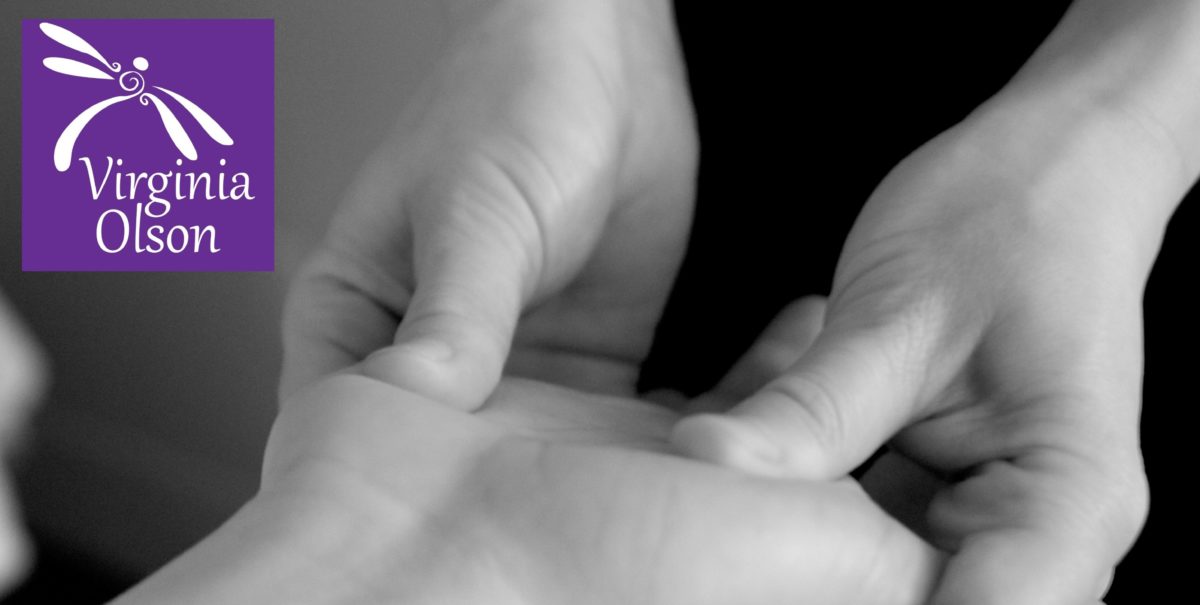There is a special mantra in the Kundalini Yoga tradition called the So Purkh which Yogi Bhajan specifically recommended be used by women. The mantra’s purpose is to elevate a man. Many women in the tradition use the So Purkh to “manifest the divine” in the men in their lives. A So Purkh sadhana is 11 recitations of the mantra every day for 40 days.
It’s important to realize that a mantra, or a sadhana of this sort, is in no way a guarantee to manifest a specific outcome. Rather, this type of sadhana is a way of putting energy behind an intention. And the So Purkh is an interesting and unique practice because it’s intended to benefit someone else, whereas a majority of the other meditations within the tradition are intended for the person practicing.
A good friend of mine once reminded me at a difficult time that we don’t do spiritual practice to manifest specific outcomes in our lives. In other words, it isn’t penance. It’s not as if, once we’ve meditated enough, we’ll get the right job or spouse or something like that – we’re not earning our success.
Spiritual practice is a commitment to a specific way of being in the world. It’s not a results-oriented practice in the way we often think of being goal-oriented in this culture. If there is a goal in spiritual practice, it’s to remain graceful in the most challenging circumstances, to remain peaceful in the midst of chaos, and to be a radiant light in places of shadow and darkness.
So Purkh is a beautiful and powerful mantra. To discover it for yourself, listen to the SoPurkh on YouTube. I also recommend “Ask the Yogini: So Purkh” by Ramdesh Kaur.
